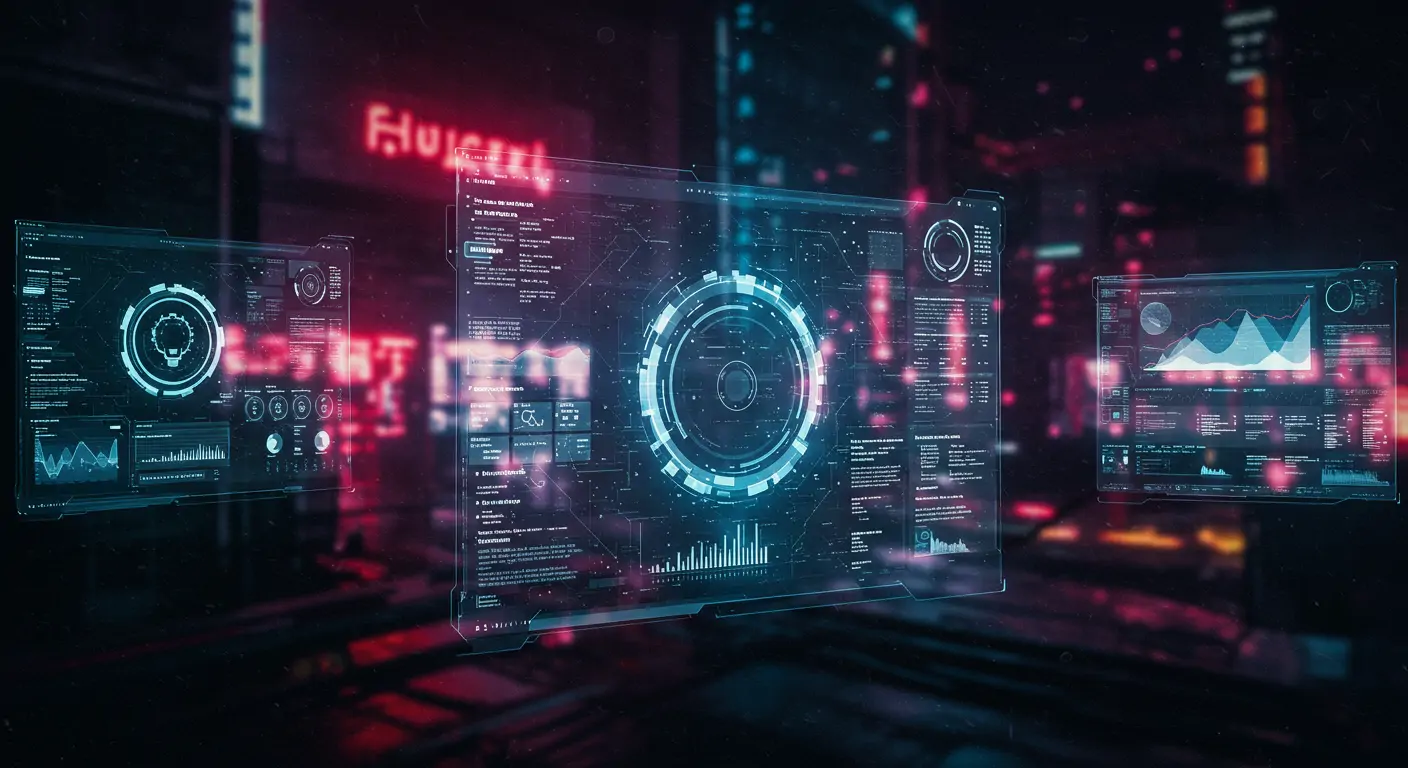Introduction: Why This Matters Now
In March 2025, a global cybersecurity report by Cybersecurity Ventures highlighted a stark statistic: cybercrime is predicted to cost the world $10.5 trillion annually by 2025, up from $3 trillion in 2015. This exponential growth underscores the need for businesses to adopt advanced cyber resilience strategies. AI-driven solutions have emerged as a critical component, offering the ability to predict, detect, and respond to threats in real-time. This trend is reshaping how organizations manage security risks, affecting everyone from IT departments to C-suite executives. Read time: 20 minutes.
The Current State: What's Happening Right Now
As of mid-2025, companies like IBM, Palo Alto Networks, and Darktrace lead the charge in integrating AI into cybersecurity. IBM's Watson for Cyber Security, launched in early 2024, utilizes machine learning to analyze billions of data points, identifying potential threats with 95% accuracy, according to a March 2025 report. Similarly, Palo Alto's AI-based Cortex XDR reduced threat detection and response times by 40%, as reported in their Q1 2025 financial release. Despite these advances, traditional security measures fall short, often overwhelmed by the volume and sophistication of modern cyber threats.
Key Drivers: What's Fueling This Trend
Driver 1: Technological Advancements
The rapid development of machine learning algorithms has revolutionized AI applications in cybersecurity. A Gartner report from February 2025 revealed that 85% of enterprises will use AI by the end of the year, primarily to enhance threat detection capabilities.
Driver 2: Increasing Cyber Threat Complexity
Cyber threats are becoming more sophisticated and frequent. The 2024 Verizon Data Breach Investigations Report noted a 35% increase in ransomware attacks. AI's ability to learn and adapt to new threat patterns is crucial in counteracting these evolving dangers.
Real-World Impact & Case Studies
Case Study 1: Darktrace
In 2024, Darktrace implemented its AI-based Enterprise Immune System at a major financial institution, reducing false positives by 60% and improving incident response times by 75%. This approach mimics the human immune system, identifying threats without prior knowledge.
Caption: Timeline of AI-driven cybersecurity advancements
Industry Implications
For Developers
- Mastering AI programming languages like Python
- Opportunities in AI cybersecurity startups
For Businesses
- Investing in AI-driven security tools
- Gaining a competitive edge through enhanced security
For Investors
- Opportunity in cybersecurity AI startups
- Assessing risk factors in AI deployment
Challenges & Criticisms
Despite its potential, AI in cybersecurity faces criticism. Critics argue that AI systems can be biased, leading to incorrect threat assessments. Additionally, the high cost of implementation is a barrier for smaller businesses. Furthermore, there's a risk of reliance on AI systems, which may lead to complacency in traditional security practices.
Future Outlook: What's Next
In the next 6-12 months, expect further integration of AI in endpoint security. By 2027, AI is likely to become a standard component of all major cybersecurity protocols. Key milestones include the expected release of IBM's next-gen Watson in late 2025, promising even faster threat detection capabilities. Businesses should prepare by investing in AI training for their IT staff and updating their security infrastructures accordingly.
Frequently Asked Questions
- What is AI-driven cyber resilience? AI-driven cyber resilience involves using artificial intelligence to enhance an organization's ability to withstand and recover from cyberattacks.
- Why is AI important in cybersecurity? AI offers advanced threat detection and rapid response capabilities, essential for modern cybersecurity strategies.
- How can small businesses benefit from AI in cybersecurity? By adopting scalable AI solutions, small businesses can improve their threat detection capabilities without significantly increasing costs.
- What are the risks of relying on AI for cybersecurity? Over-reliance can lead to complacency and potential bias in threat detection.
Conclusion: Key Takeaways
- AI-driven cyber resilience is critical for managing evolving threats in 2025.
- Technological advancements and increasing threat complexity drive this trend.
- Businesses need to invest in AI tools and training to remain competitive.
- Challenges include cost and potential bias in AI systems.
For further insights, explore industry reports from Gartner and cyber resilience strategies from leading tech companies.




